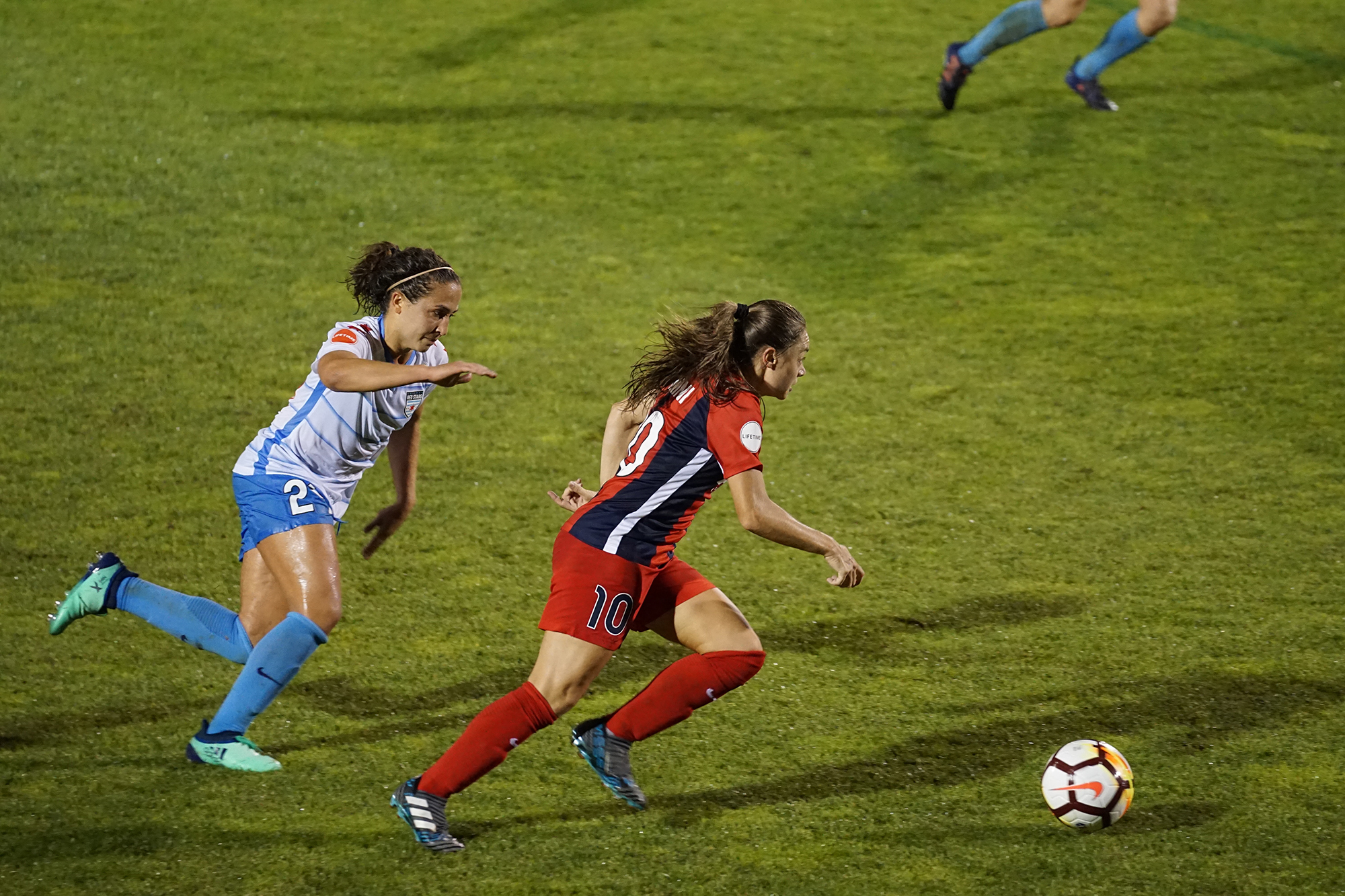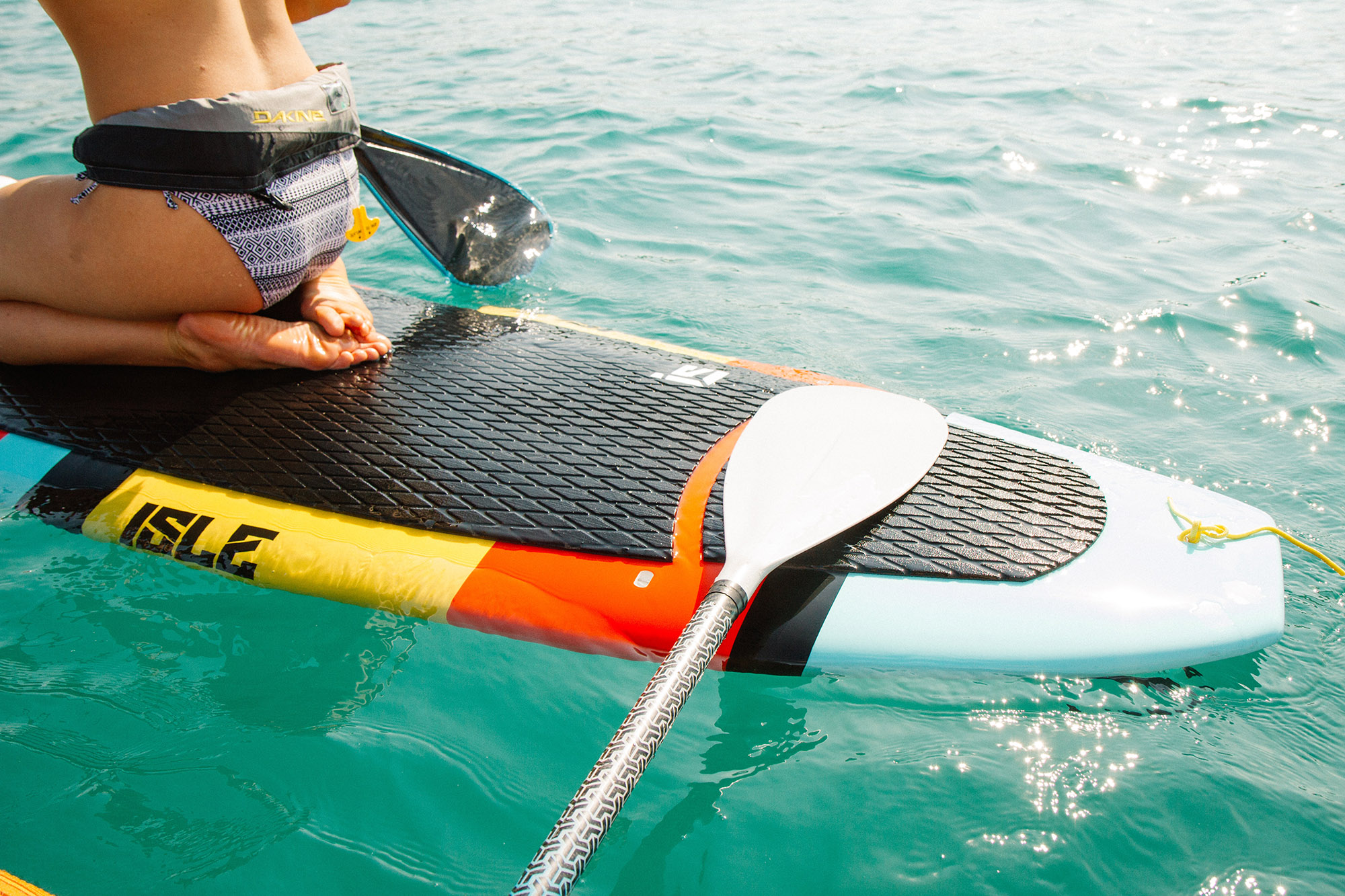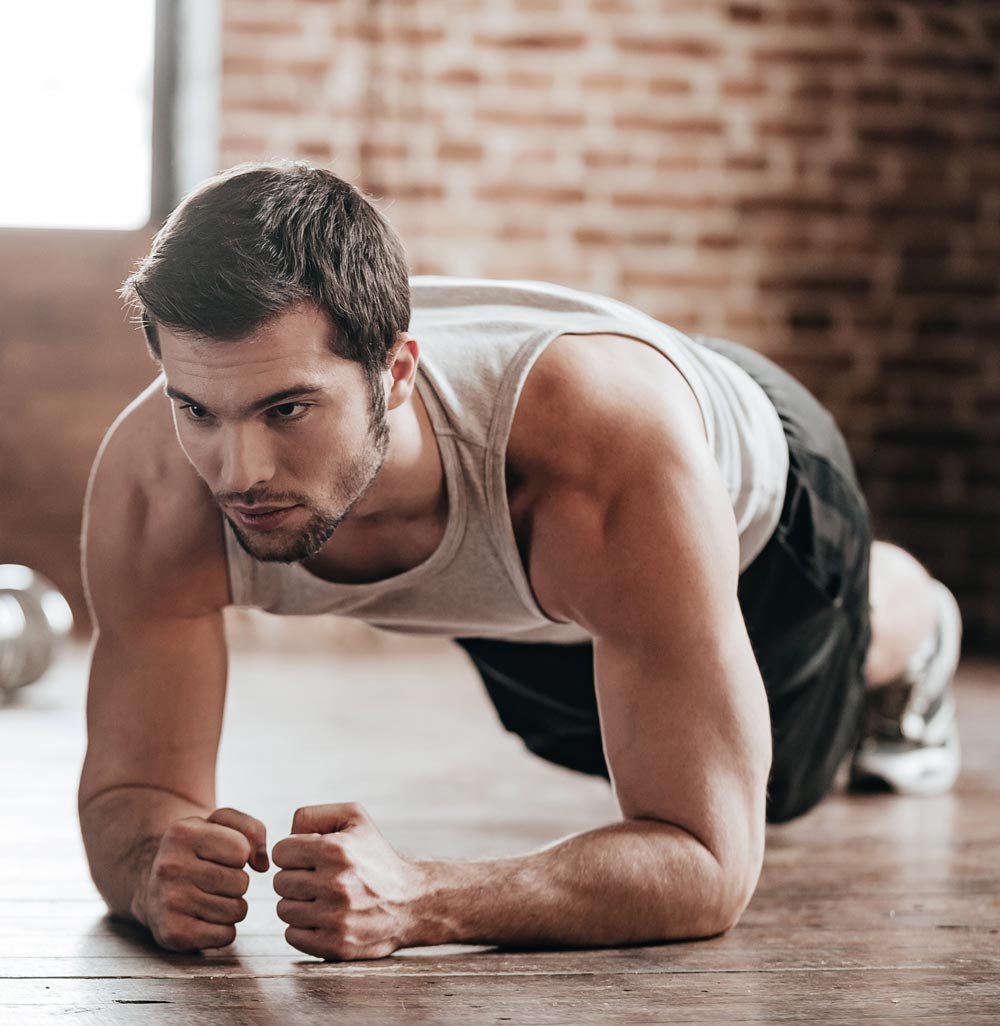
The importance of hip adductor strength for kicking and acceleration in soccer players

The hip adductors are a large group of muscles on the inside of the thigh which is made up of adductor magnus, adductor longus, adductor brevis, pectineus, and gracilis. When working together, they help bring the leg closer to the midline, or, adduct the leg. This isn’t their only role however, they also play a vital role in facilitating hip flexion and hip extension.
This unique role is of particular importance to soccer players as when kicking the football, the leg is quickly accelerated from a position of extension (leg behind) into a position of flexion (leg in-front) all while bringing the leg across the body (adducting). This particular motion takes the hip adductors from a lengthened position to a much shorter and contracted position. When done very quickly with large amounts of force, frequently performed throughout a season, it can take a serious toll on the health of the adductor region. Often this can present with acute or chronic onsets of groin-related pain. Therefore stronger, better-conditioned adductors will handle this demand much more efficiently and can increase the power of the kick whilst decreasing the chance of injury throughout the season.
Another important demand in the game of soccer is the ability to accelerate and change positions on the field rapidly, responding to the unfolding game. This requires the ability to apply force rapidly into the ground, commonly seen in the ‘triple extension’ position. This particular position is seen in the extension of the hip, knee, and ankle collectively. This associate hip extension demands a lot of the largest hip adductor, adductor magnus, which plays an important role in applying force in this position. Therefore, a stronger and more powerful adductor magnus can help increase the amount of force produced at the hip, resulting in an increased acceleration.
It’s clear that a stronger set of hip adductors can not only increase performance but also help decrease the chance of groin-related injuries. So here are some simple, yet effective adductor strengthening exercises to help bullet-proof the hip adductors and improve performance.
Adductor Ball Squeeze:
Position 1:
- Lying on the back, feet firmly on the ground under the knees, place a small-sized ball between the thighs.
- Begin to squeeze the ball between the thighs.
- Progressively increase the intensity of the squeeze.
Position 2:
- Lying on the back, place a small-sized ball between the legs, just above the ankle
- Whilst keeping the knees straight, begin to squeeze the ball
- Progressively increase the intensity of the squeeze
Lateral Lunge:
Option: Bodyweight or with added weight (dumbbell/kettlebell):
- Whilst bracing through the core, take one controlled step to the side
- Keeping the chest up, push the butt back as if sitting into a chair
- Drive-up through the legs whilst maintaining control and balance of the movement
Copenhagen Adductor Exercise:
If you would like to learn more about the importance of adductor strength, or how to best strengthen them, come check out the amazing team at Pivotal Motion Physiotherapy. With a wealth of knowledge and a friendly smile, they will happily get you back on track.
To book an appointment, call on (07) 3352 5116





